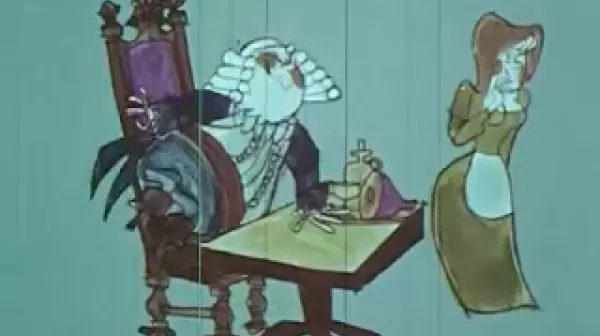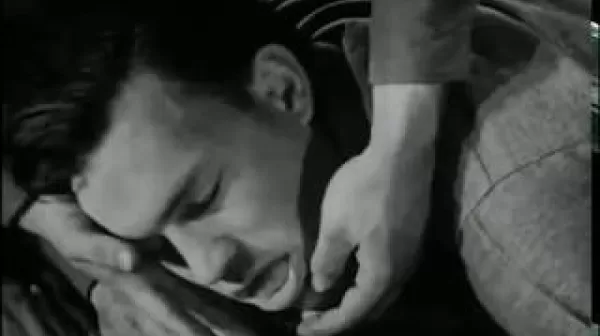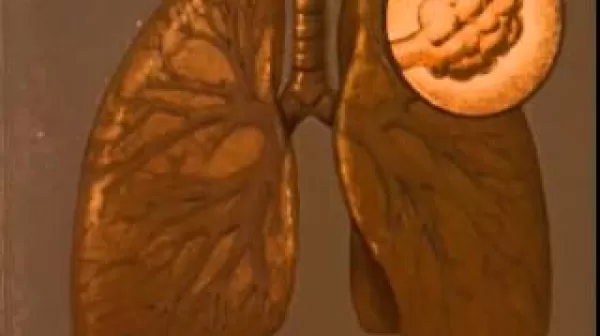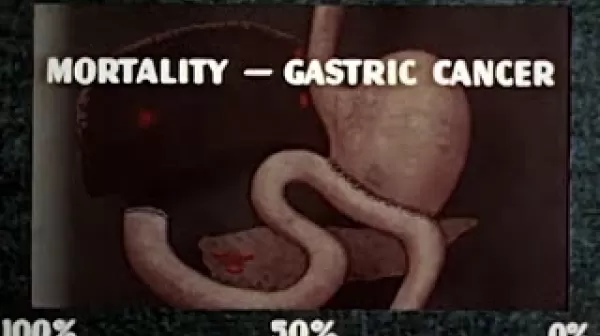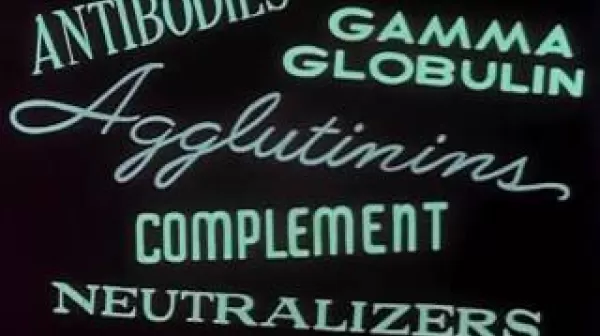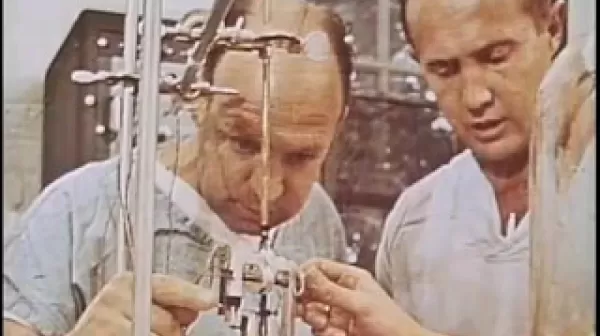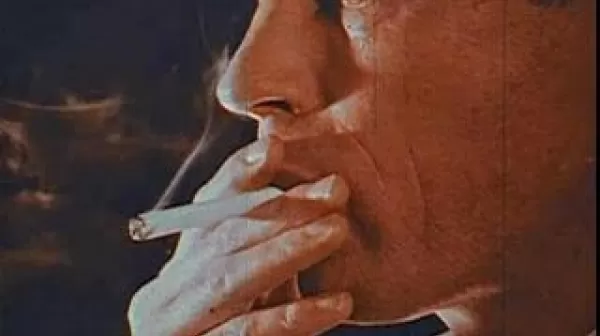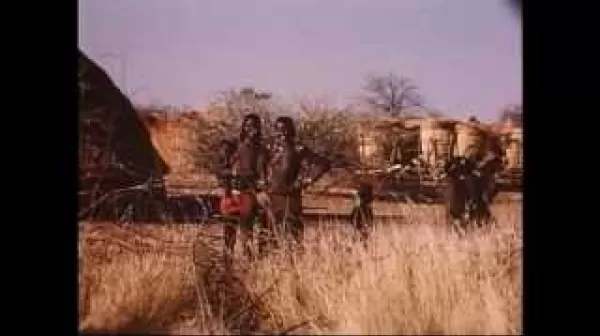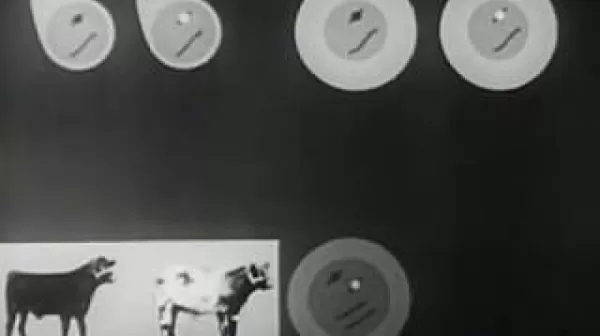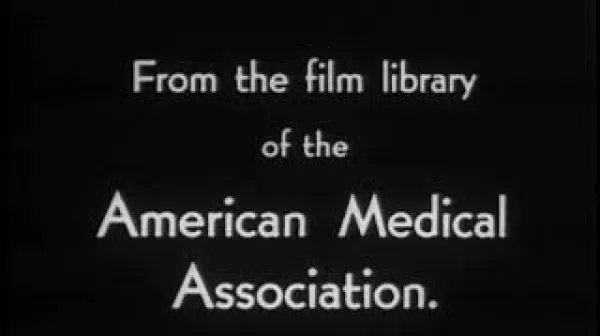One of Sixteen Million (Arthritis Foundation, 1968)
This cartoon features a main character named George who finds himself feeling old, achy, and exhausted. He falls down, drops things often, and is unable to keep up with his family. George's wife suggests that he see a doctor, and he reluctantly goes. He is diagnosed with arthritis. The doctor uses scientific terminology that George cannot understand, and he feels defeated by the situation. His friends suggest a number of possible remedies for his arthritis, none of which sound promising to George. His condition worsens, and he again grudgingly visits the doctor.

